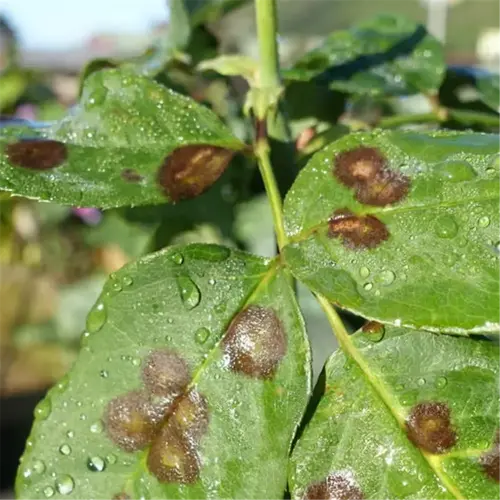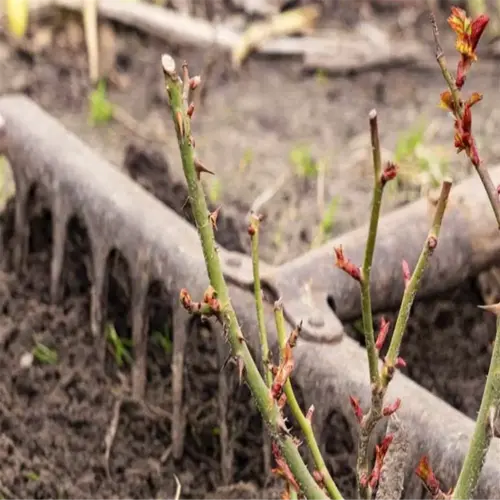Are vegetables with bacterial leaf spot safe to eat?

Written by
Julia Anderson
Reviewed by
Prof. Samuel Fitzgerald, Ph.D.Edible plants damaged by bacterial leaf spots are visually unattractive but rarely pose a threat to health. The causative agents, such as *Xanthomonas*, are incapable of infecting humans. However, I have witnessed entire fruit and vegetable shipments rejected from the market based on unsightly blemishes. A farmer in New Jersey lost $20,000 when multiple lesions on the fruit made them unsellable, despite being harmless for human consumption.
Edibility Factors
- Non-toxic: Bacterial spots don't produce harmful toxins
- Discard produce with >30% surface damage
- Avoid vegetables with soft rot or odor
Cleaning Protocol
- Soak unblemished vegetables in 3% vinegar solution for 10 minutes
- Rinse under 68°F (20°C) running water
- Pat dry with paper towels to prevent cross-contamination
The techniques used for inspection are significant. I instruct growers to utilize some oblique lighting which they determine early lesions. In one case, a vendor who sells produce in the Boston market minimized complaints by 80% due to inspecting their produce from a check at a 45-degree angle. Damaged produce oozed nutrients and spoiled much quicker even if it was not a bacteria of harm.
Storage leads to risks changing. Refrigerate suspect vegetables at 41°F (5°C), as this will decelerate the decay. Cooking destroys microbiological surface bacteria - you could roast a spotted tomato at 375°F (190°C) for a puree for the sauce. This is a safe process - I would recommend removing the lesions before processing, as we will take flavor over biofilm on your soup or sauce at any time.
Read the full article: Bacterial Leaf Spot: Complete Guide to Identification and Control

